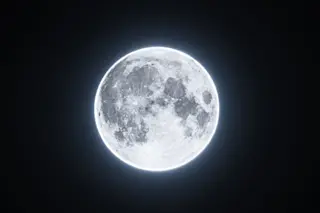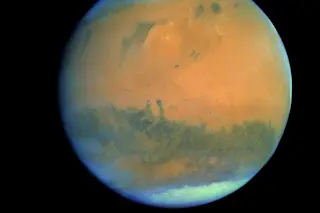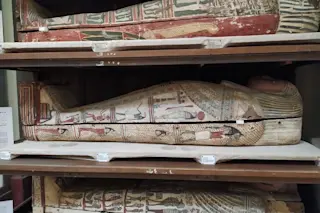Dr. Kent Kirshenbaum received his PhD in Pharmaceutical Chemistry at UCSF, is an NSF Career Award recipient, and is currently a professor of Chemistry at NYU. His research focuses on the creation of new peptide-based macromolecules that can be used as research tools or therapeutic strategies. In 2012, he filed a patent for a foaming agent which acts as a vegan substitute for egg whites, making vegan meringues a delicious possibility.
What hooked you on cooking?Spending time with my mom got me hooked on cooking. She exemplified the “slow food” concept, and she’d take days to make a pasta sauce. I grew up in a drafty house in San Francisco that was cold all year around, and being near her at the stove was the warmest place to be. Once ...













